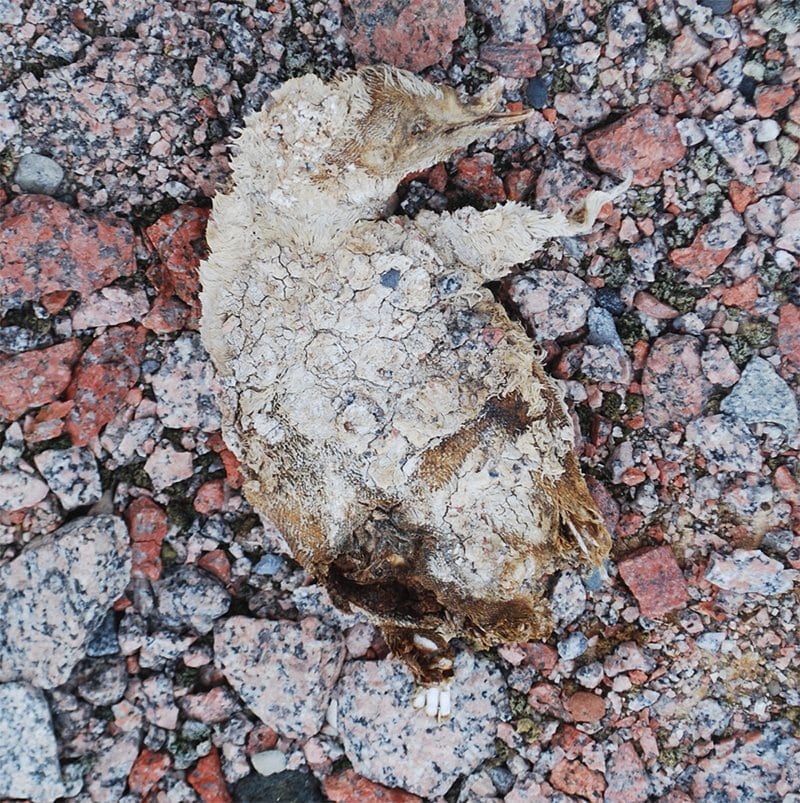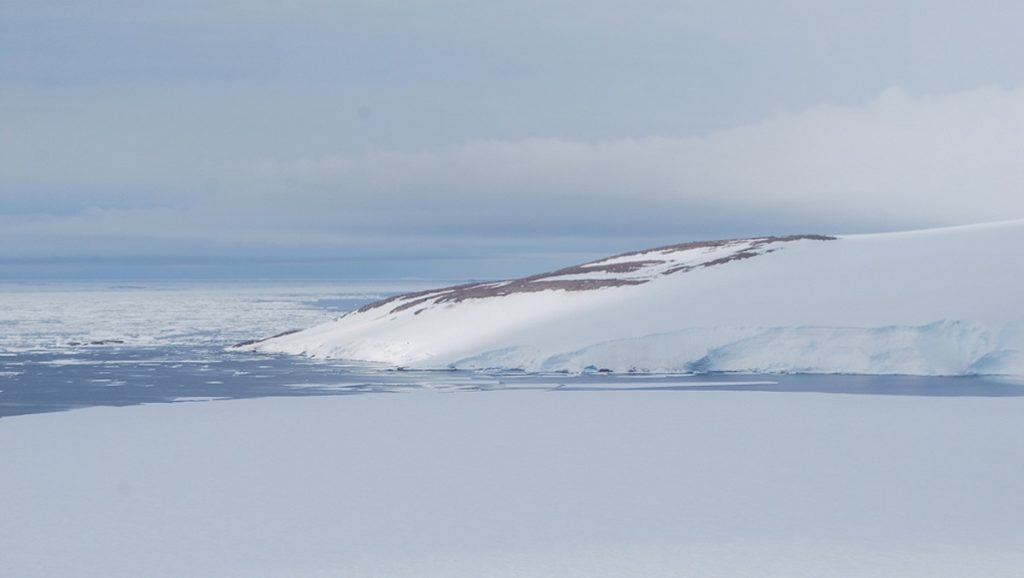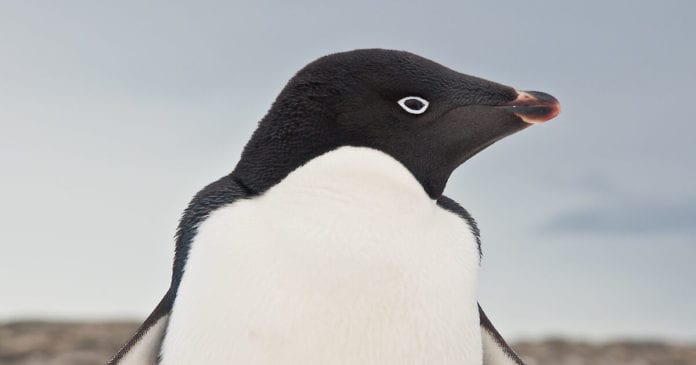A Penguin is most likely to be found in the frozen far reaches of our planet. These tiny flightless, aquatic birds are among the most famous occupants of the icy regions. As the world becomes warmer and the human activity (and inactivity) takes a toll on our environment, we have seen these beautiful creatures suffer. While the melting of the permafrost in the tundra regions is certainly a bad thing, some unexpected good has come out of it. One example is the discovery of an 18,000-year-old puppy that was found frozen in Siberia.

In a similar fashion, but on a smaller scale, researchers have found the frozen remains of an 800-year-old penguin in the melting snow of Cape Irizar. The discovery took place on the Antarctic coastline. The researchers initially thought that they had found a fresh carcass of the Adélie penguin. However, this misconception was immediately resolved when the carbon-dating process pegged the remains to be at least 800 years old. This was not the only carcass that was recovered from the area. Researchers have gotten their hands on other less well-preserved remains that seem to be at least 5,000 years old.
The researchers got interested in the area when they discovered pebble mounds there. These pebble mounds are found in places where penguins tend to build their nests. The discovery of scattered penguin chick bones in the area would be convincing evidence that it was a penguin nesting area. However, this was not the case here because the researchers have good records of their nesting behaviour in the area, and there was no record of a nest there since the early 1900s. Further investigation (digging) revealed that it was a nesting area long ago and was abandoned by its black and white inhabitants.

The researchers have recovered many bone samples and other remains, which indicate that the area has undergone a process of occupation and abandonment regularly in the past. This has been happening for thousands of years, and it is sheer luck that since our records began, no penguin has come to nest there. The researchers think that the site is unique as it offers an insight into the different periods of history through the remains of these birds. The mixture of remains from different ages found there can only be explained by the fact that ice must have kept it all together till now.
The researchers think that after a long period of abandonment, the penguins might return to this place shortly. This is because they need pebbles to build their nests, which seem to be excess in the area.
Further Reading:


